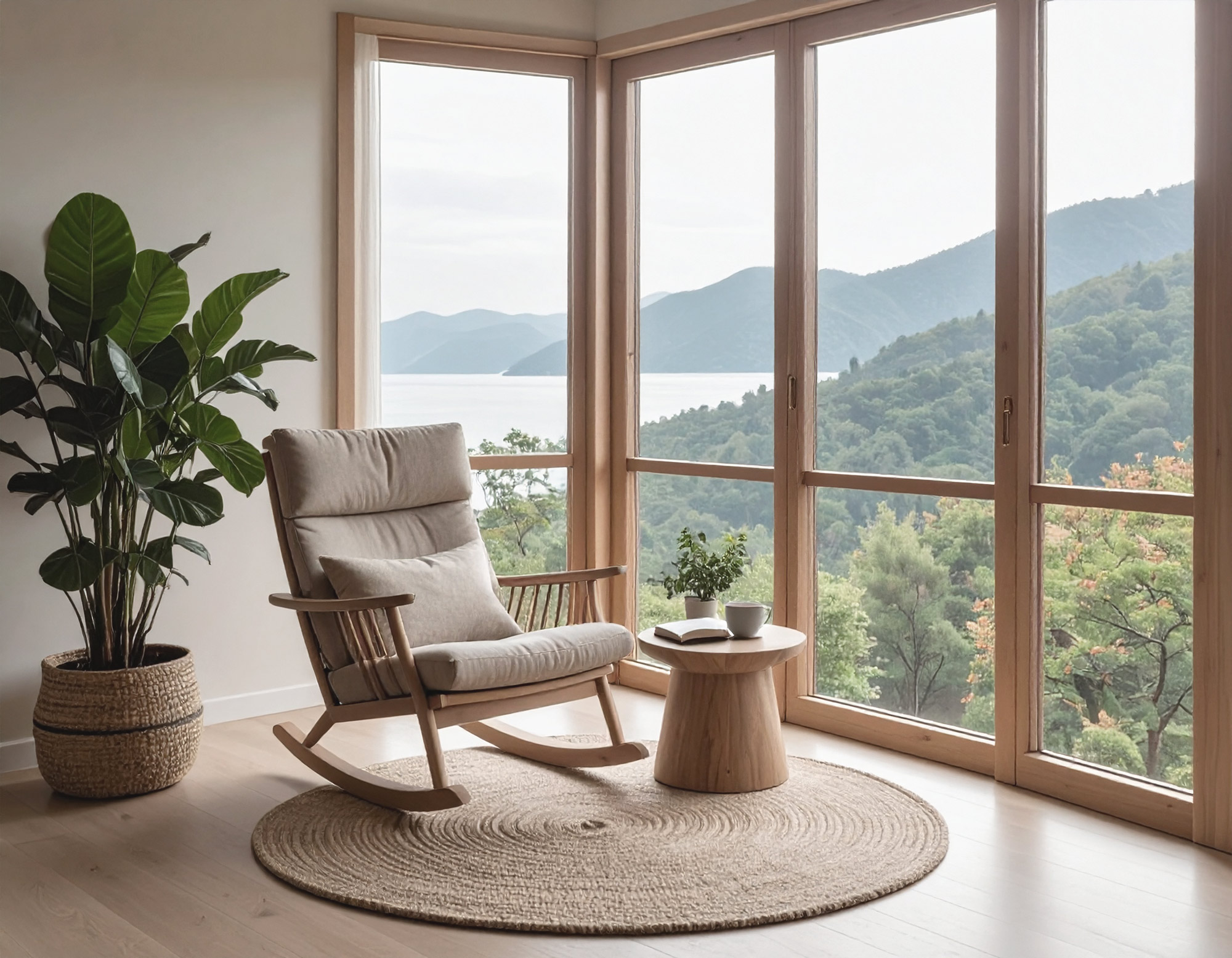How Interior Design can help to train new habits

Why habits are so important for our everyday lives
Our habits shape a large part of everyday life. According to research by Wendy Wood, they account for as much as 43% of our daily actions (Wood et al., 2002).Many of them support our productivity, health, and well-being, like brushing our teeth or enjoying a morning coffee. These automatisms lighten the load on our brain and reduce stress in daily routines. Especially around New Year’s, many people set out to form healthier habits. But good intentions alone rarely suffice. For routines to truly become part of our lives, we need more than discipline: our environment plays a decisive role.This is exactly where thoughtful interior architecture can become an ally, a silent partner that fosters good habits and makes unhelpful patterns less convenient.
How do new habits form in the brain?
Habits form when we repeat certain actions often enough until they run automatically. Psychologically, they usually follow a simple loop: cue → action → reward..
How long does it take to build a habit?
A recent meta-analysis of over 19,000 participants shows that it takes on average 2 to 3 months, for a new habit to become firmly wired into the brain (Meta-Analyse, 2024). However, this varies widely from person to person and can take much longer. That’s why having a supportive system in place is crucial to staying consistent.
The role of environment in habit formation
Our surroundings influence our behavior more than we realize. Strategically placed objects or visual cues can help us stick to routines. At the same time, negative triggers can be minimized through intentional design. Interior architecture thus becomes a tool that supports routines, strengthens motivation, and still delivers on aesthetics.
The 4 steps to new routines (According to Atomic Habits)
Bestselling author James Clear outlines four principles that make it easier to build new routines:
- Make it obvious– The cue must be visible. If workout equipment is hidden in a closet, it will be forgotten. Place it in plain sight at a fixed spot. Almost any object in your home can serve as a reminder for a habit as long as it’s strong enough to actually trigger the action.
- Make it attractive– Design the habit in the most appealing way possible. Pair it with something enjoyable, like listening to a podcast while working out. The space itself also matters: you’ll be far more motivated to exercise in a bright, welcoming corner than in a dark, drafty nook. Engage all senses to amplify the effect.
- Make it easy– Small steps beat overwhelm. Overly ambitious goals often backfire. Instead of planning a 60-minute workout, commit to showing up—even if it’s just 5 minutes. Consistency matters more than intensity.
- Make it rewarding– Small rewards reinforce behavior, especially in the early phase. Treat yourself after completing the new habit. Over time, the intrinsic reward—the good feeling that comes with the habit itself—often becomes enough.
Examples: How Interior Design can reinforce routines
1. Integrating More Exercise at Home
If you want to train at home, you need a clearly defined workout spot, visible in everyday life, not hidden away. Even in small apartments, a dedicated corner can signal activity. Make it attractive with plants, good lighting, or a pleasant view.
2. Supporting Healthy Eating Through Design
Unhealthy habits can't be erased, but they can be modified. Remove unhealthy foods from their usual place and replace them with healthy alternatives. In stressful situations, your usual reach will then lead you to the healthy alternative first. If you want to play it safe, you should throw away unhealthy foods completely. If that's not possible, store them in an unusual and hard-to-reach place.
3. Creating a Space for True Relaxation
True relaxation isn't scrolling on your smartphone or binge-watching TV shows. Consciously create a place of retreat: place the sofa facing the window instead of the TV, place your smartphone in another room, and add atmospheric elements like candles, scents, or soft music. Your retreat should be so attractive that you look forward to it every day. Strictly follow rules like "no smartphone" in this zone to maintain its magic.
Conclusion: Designing spaces, anchoring habits
New habits don’t grow in a vacuum. They need clear signals, small rewards—and an environment that sustains them.With thoughtful interior architecture, spaces can be designed to make routines obvious, appealing, and easy. This way, homes become more than just beautiful. They become tools for healthier, more conscious living.
I’d be happy to help you align your habits with intentional design. With lisannco Interior Design Zurich and Beyond I create spaces that foster personal growth and lasting change.


